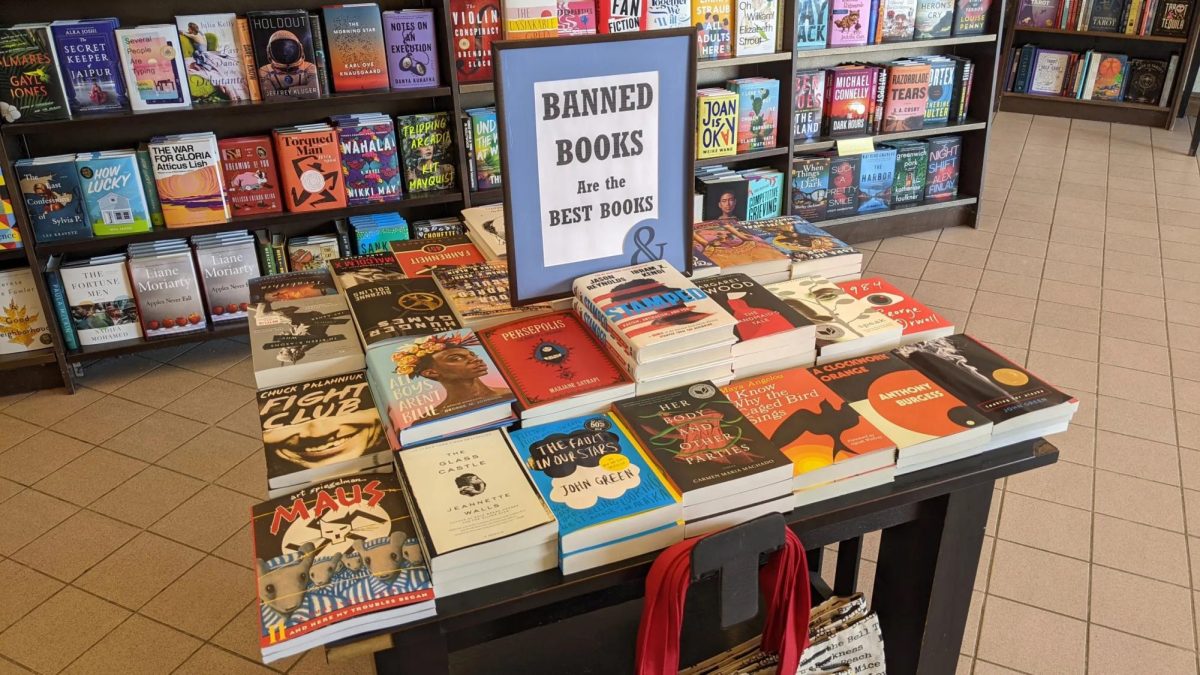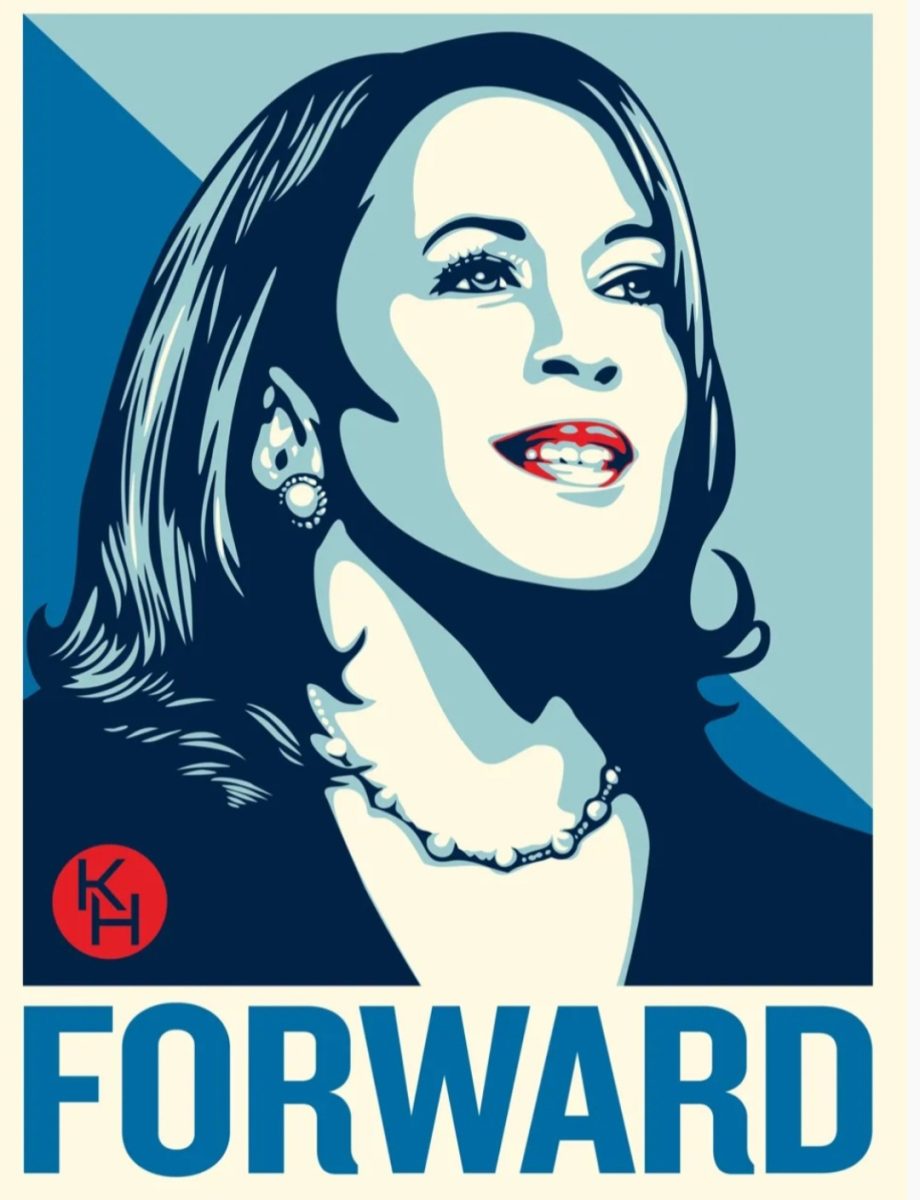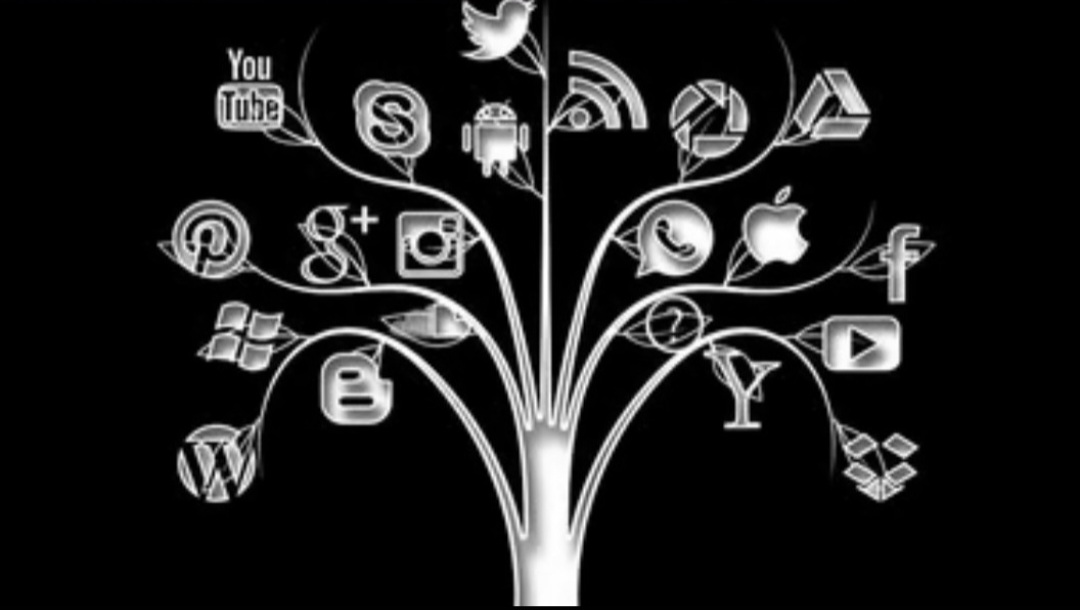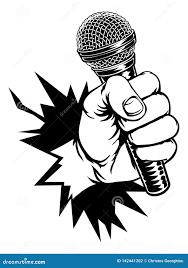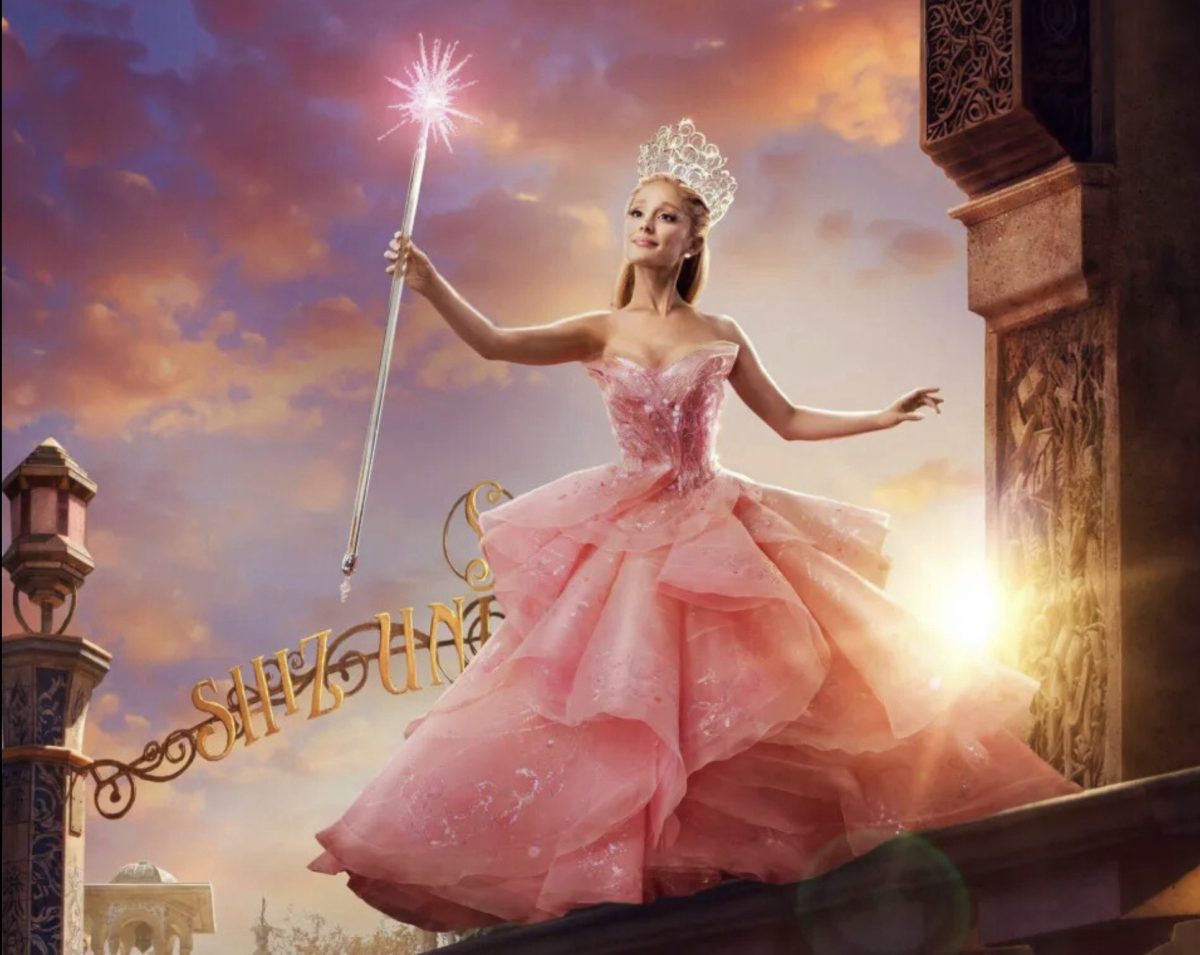In a way, who we fear fears us first.
Knowledge can become power if it is inked, and a book ban happens when humans craving that power see that.
Ironically enough, the folk craving literature’s power already have it. They are either librarians and private shop owners holding such books, or they are government officials legislating over them. Regardless of position, an undeniable amount of stories are left untold on certain shelves due to an attempted acquisition of even more Power.
These leaders want their voice to rule absolutely over any storyteller or author who happens to have a counteracting voice. A given shelf can become catered to fewer and fewer audiences and walks of life because of this. Florida feared a call to action in Angie Thomas’s The Hate U Give, just like they feared an authentic account of a queer experience in Juno Dawson’s This Book Is Gay.
Florida is not the only state to predominantly protest literature, though. Utah, South Carolina, Texas, and Missouri hold that same reputation. The five states have done some undeniable damage to the thriving of stories.
PEN America is a non-profit organization advocating for freedom of expression in literature. The organization tracked the banning of books in the United States throughout the 2022-2023 academic year. It was found that 874 total titles were threatened throughout the country in shops, public libraries, and schools. Of them, 260 included characters of color or themes of race or racism, while 229 represented LGBTQ+ topics and characters. An additional 331 books forefronted the mental and physical well-being of adolescents by portraying bullying, suicide, substance abuse, sex, and puberty.
Books pertaining to the Jewish community (Maus, Anne Frank’s Diary: The Graphic Adaptation, and The Jewish Children’s Bible franchise) became banned that same year. Similarly did books encouraging female ability for achievement and feminism, such as The House on Mango Street and The League of Super Feminists. This only continues the ever-so poisonous cycle of censorship.
But any press is good press,—the motto that bookstores and libraries have started to believe.
Multiple Barnes & Noble locations throughout the country include displays dedicated to banned books. Some consist of posters stating “banned books,” the books themselves, and a seasonal tablecloth atop a small table. Others are entire shelves that hold each book next to each other, a slip of paper in front of each book explaining the reasoning behind its banning. This way, shoppers have an open view of books they may have been shunned for attempting to buy elsewhere.
For online shoppers, the store’s website includes a list of these books, spreading their reach.
Books-A-Million prioritizes banned books as well. Multiple locations shelve and treat the books as any other in the store. Similar to Barnes & Noble, their only distinctive feature is the heading poster above them stating that they are banned. Books-A-Million also dedicates a section of its website to them.
What’s beautiful is that this has not stopped where people pay money. Libraries have also started to get creative with displaying. The Baker Middle School in Tacoma, Washington put banned books in a crate surrounded with caution tape. It read “reading is not a crime.”
This proved to be a wonderful learning experience for the students seeing it. “I had the students research books that have been banned and the reasons why they were banned” the school’s librarian Kristin Sierra stated. “They cross referenced that list with books that we have in our library. Then, they had to locate them on the shelves and put them in the box. It started some great dialogue in our class.”
Every story is a memento of the living experience that deserves to be told. As long as we continue to forefront them, banning them will always prove to be counterproductive and powerless.


